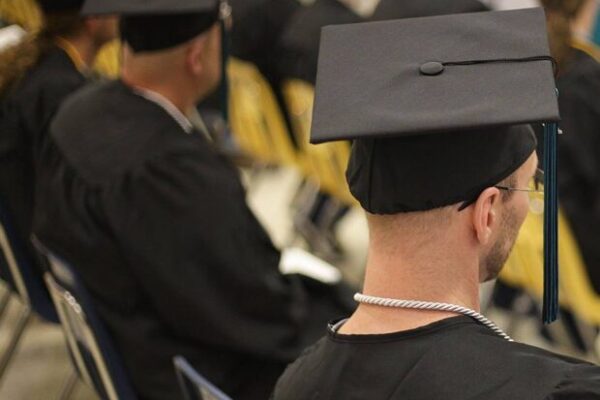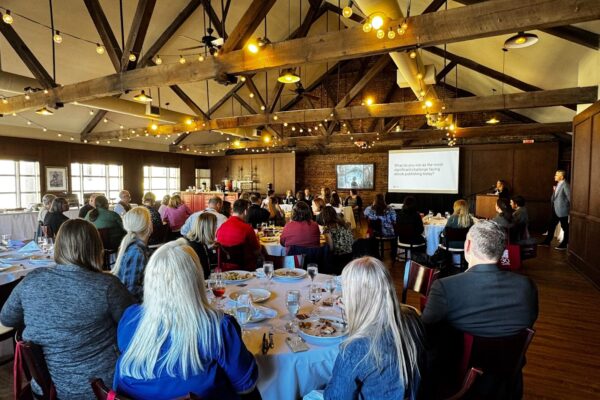
About the author
Shane has been incarcerated in Massachusetts for over 25 years. He has earned an Associate’s Degree in Liberal Arts and a Bachelor’s Degree in Civic Studies through Tufts University Prison Initiative of Tisch College (TUPIT) and Bunker Hill Community College. He recently became eligible for parole after Massachusetts’ highest court eliminated life without parole sentences for emerging adults. His time is spent writing poetry, pursuing academic goals, and building community support through outreach in preparation for reentry. Shane believes that our greatest strength is the energy of empowerment through people and communities.
On My Way to School
I always went to a school up the street or around the corner from our house. Most of my early education experiences were within walking distance from my home. That was until I attended elementary school in West Hartford, Connecticut. I had to wake up earlier and take two buses so that I would arrive at class on time. I remember after transferring buses downtown, and surviving the exhaust fumes and beeping horns everywhere, I would always sit in the back of the bus next to the window. I wanted to see the scenery change from the familiar concrete and glass buildings that littered the busy streets of downtown Hartford to the two story apartment buildings that announced a clear reduction in activity, cars, capital, and building materials.
With the city behind me, I saw moms in parking lots loading small children with book bags almost the same size as them into the backs of sedans and minivans. Dads briefly stopped at traffic lights in their Volvos and Saabs heading in the opposite direction towards the concrete and glass calamitous lure of the city. Our early morning stories shared the road with the white haired lady in a pink or mint green jogging suit walking her tiny dog past the bakery and coffee shop. These school day mornings seemed to repeat themselves in the spring, summer, and winter months. Except on warmer days, when the bus caught the red light in front of the bakery at the right time, I could smell coffee brewing and a mixture of donuts, bread, and a cinnamon savory sweetness that floated through the bus window. I ate breakfast at school and I knew it would never be whatever came through that bus window. My nose had high hopes those mornings that my taste buds and the school lunch ladies knew would never come to pass.
There was another scented demarcation zone before I reached my school. And, in my memories, the scents that escaped the bakery’s oven blended almost indistinguishably with the smell of fresh cut grass as an ode to the two story town houses and luxury apartments spread solemnly close and disappearing behind the bus. Through the front window and over the hill were the two and three story homes walled off with low wooden fences that protected the scent of the emerald green lawns that hugged driveways. Driveways that went behind these homes and disappeared into multi car garages. Structures where children had their own bedrooms and backyards big enough to play forever and no street lights, no utility poles, just a black lantern hanging from a eight foot high white square post. My school was hard to miss and the bus would stop at the top of the street, I would get off there and walk across and down Whiting Lane…
Upon walking out of the Fl college unit, I adjusted the strap of my laptop bag securely over my shoulder. Looking up, I first noticed how blue the summer sky was, with only a few patches of clustered white clouds spread evenly in every direction. The temperature had to be in the early seventy degrees and a light wind brought the scent of fresh cut grass to my nostrils like a gift from my childhood. Recalling memories of those spring and summer morning bus rides to school where I sat in the back seat of a public transit bus watching (and smelling) how our society can change over the space of a sixty minute bus ride. Yes, I got off that bus that carried me to school many years ago and I found myself in prison. But, as I walk past the twenty foot barbed wire fences and the concrete structures on my way to class in the prison school building, I am confident that my love for higher education is still carrying me in the right direction.
In response
by Elizabeth Shatswell
As I read this essay by Shane Moffat, I tasted the smells he described. The hectic exhaust of downtown Hartford fading into unattainable, savory sweetness, and fresh grass luxury that transcended his memory into his reality. Those same chopped green blades becoming an olfactory gift (maybe?) that flashed him back to a past time and yet pushed him forward in his experience with higher education in his current location behind prison walls. Beyond this rich tapestry of sensory overload is a more profound message about who has access to green spaces, food security, and educational opportunities. The transition he describes from the bustling cityscape to the quieter suburban environment is not just a physical journey, but also an emotional, metaphysical, and sensory one for him and, by proxy, his audience. I found myself longing for both a cinnamon latte and the ability to ask him if I was imposing my interpretations on his work incorrectly.
Like most of the submissions we received this year in response to JSTOR’s Second Chance Month, Shane’s sister submitted his work on his behalf. I don’t have a direct way to contact him and ask. Incarceration extends beyond the person inside to the loved ones who stand on the other side of that wall, and who support such greater continuity with the outside world. Here in his essay, Shane’s early education experiences, rooted in the warmth of his neighborhood, starkly contrast with the dissonance of navigating the “walk across and down Whiting Lane…”. The way he paints the scene—moms loading their kids into cars, dads rushing past in their vehicles—evokes a sense of community that is palpable yet fleeting. I wonder if he is intentionally challenging us to reflect on the broader implications of education and community support for those affected by such transitions, as applied to any of these topics, particularly in terms of access. Is he inviting us to consider how these experiences shape identity and inform the paths we take, even when those paths diverge dramatically from our own? Some things, like the scent of fresh-cut grass, cannot be contained by cement and barbed wire.
I wonder, what scents carry you through?
Regardless of the answers to these questions, or the validity of my asking them, Shane’s love for learning persists.
The opinions and views expressed in these recordings, art, and posts are those of the authors and do not represent, reflect, or imply endorsement by ITHAKA.



